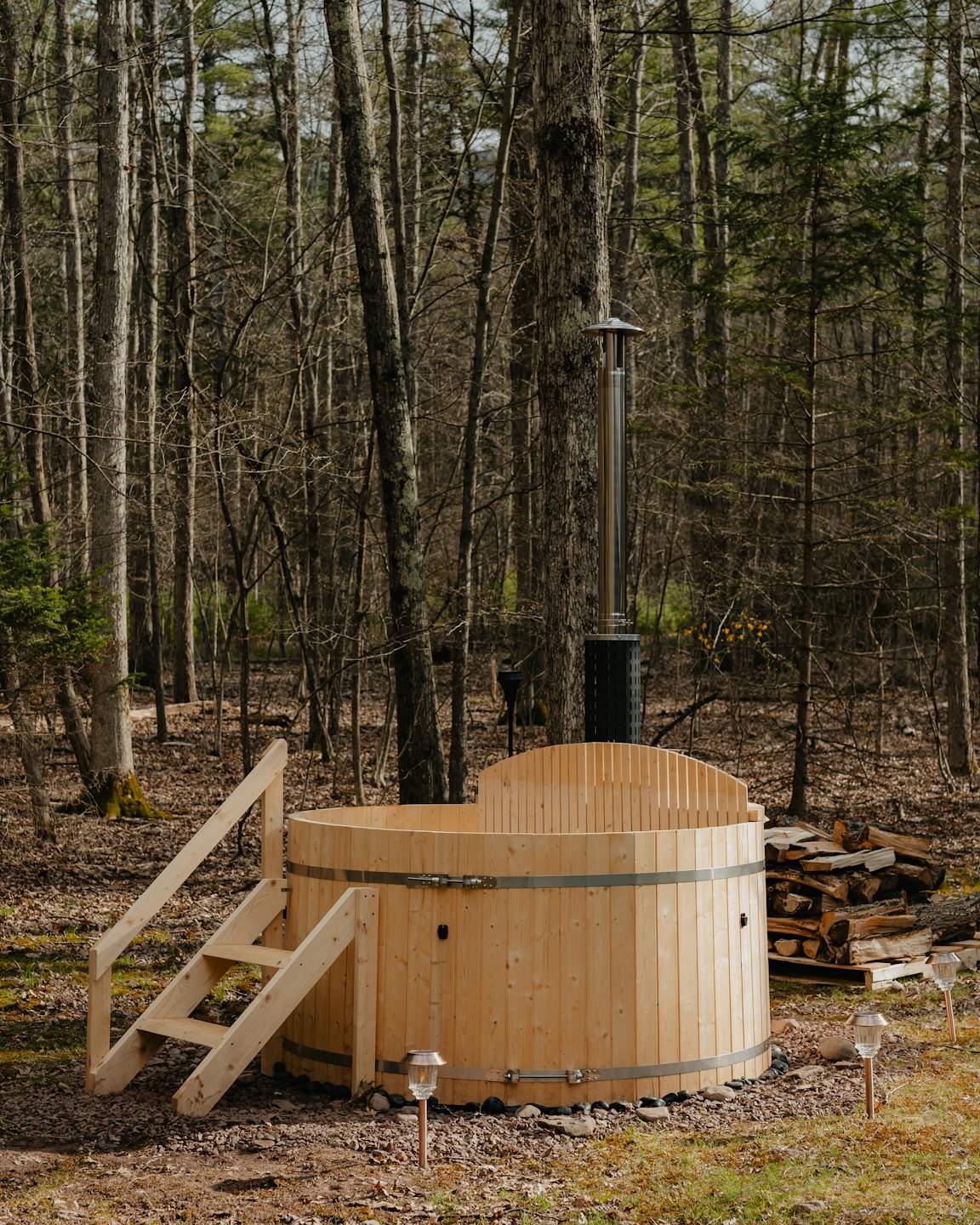Lavender Lodge in Wicklewood, near Wymondham, is a dog-friendly, self-catering holiday home with a 1-bedroom apartment and a sofa bed, accommodating up to 4 guests. It features a heated swimming pool and hot tub with sunset views, and is located in a private area with open fields and passing deer.
Here’s a more detailed summary:
Other:The lodge is accessed via a raised walkway next to the swimming pool, and parking is provided at the front of the property.
Location: Situated in a quiet location with open fields and deer nearby, Lavender Lodge is located in Wicklewood, a short drive from Wymondham.
Accommodation:The lodge is a 1-bedroom apartment with a double sofa bed, capable of sleeping up to 4 guests.
Amenities:Guests have access to a heated above-ground pool in the summer months and a hot tub, along with sunset views.
Features:The lodge offers Netflix, Amazon Prime, and other entertainment options, and the owners live on-site for assistance.
Dog-Friendly:Lavender Lodge is dog-friendly, making it a great option for pet owners.


Discover Wicklewood: A Historic Parish in Norfolk
Wicklewood is a charming and historically rich parish located in South Norfolk, just west of Wymondham, north of Morley, south of Kimberley, and east of Deopham. With a history dating back to the Norman Conquest, Wicklewood offers a fascinating glimpse into England’s past, from prehistoric settlements to Roman temples and medieval landmarks.
The Origins of Wicklewood
The name “Wicklewood” is believed to originate from the Old English term “Wicleah wood,” referring to a grove of wych elm trees. First recorded in the Domesday Book of 1086, Wicklewood was an established agricultural community featuring a mill, beehives, and extensive farmland. Over the centuries, it has remained a significant location for historical discoveries, making it a must-visit for history enthusiasts and archaeologists alike.
Prehistoric and Bronze Age Discoveries
Archaeological evidence indicates that Wicklewood has been inhabited since prehistoric times. Several Palaeolithic flint flakes have been found, along with Neolithic flint axeheads, scrapers, and an arrowhead. The transition to the Bronze Age saw the introduction of metalworking, with significant finds including copper alloy palstaves, chisels, socketed axeheads, swords, and spearheads. A possible Bronze Age ring ditch, identified in aerial photographs, suggests the existence of early settlements in the area.
Iron Age and Roman Influence in Wicklewood
During the Iron Age, Wicklewood saw the circulation of coins and pottery, with notable finds such as a coin hoard discovered at the Crownthorpe Roman settlement. The Roman era marked a period of great significance for Wicklewood. A Roman temple site has been identified through cropmark evidence, accompanied by ditches, enclosures, and trackways, hinting at a thriving settlement. Numerous Roman artifacts, including coins, brooches, figurines, and metalwork, have been uncovered. The presence of a Roman metalworking site further emphasizes Wicklewood’s importance during this period. Additionally, the Roman road from Venta Icenorum (modern-day Caistor St Edmund) to Watton passed through Wicklewood, reinforcing its role as a key location in Roman Britain.
Explore Wicklewood Today
Wicklewood remains a treasure trove of history and a beautiful countryside retreat. Whether you’re interested in archaeology, local heritage, or scenic rural landscapes, this historic Norfolk parish offers something for everyone. Visitors can explore the area’s rich past through local heritage sites, walking trails, and historical landmarks that tell the story of Wicklewood’s enduring legacy.


Leave a Reply